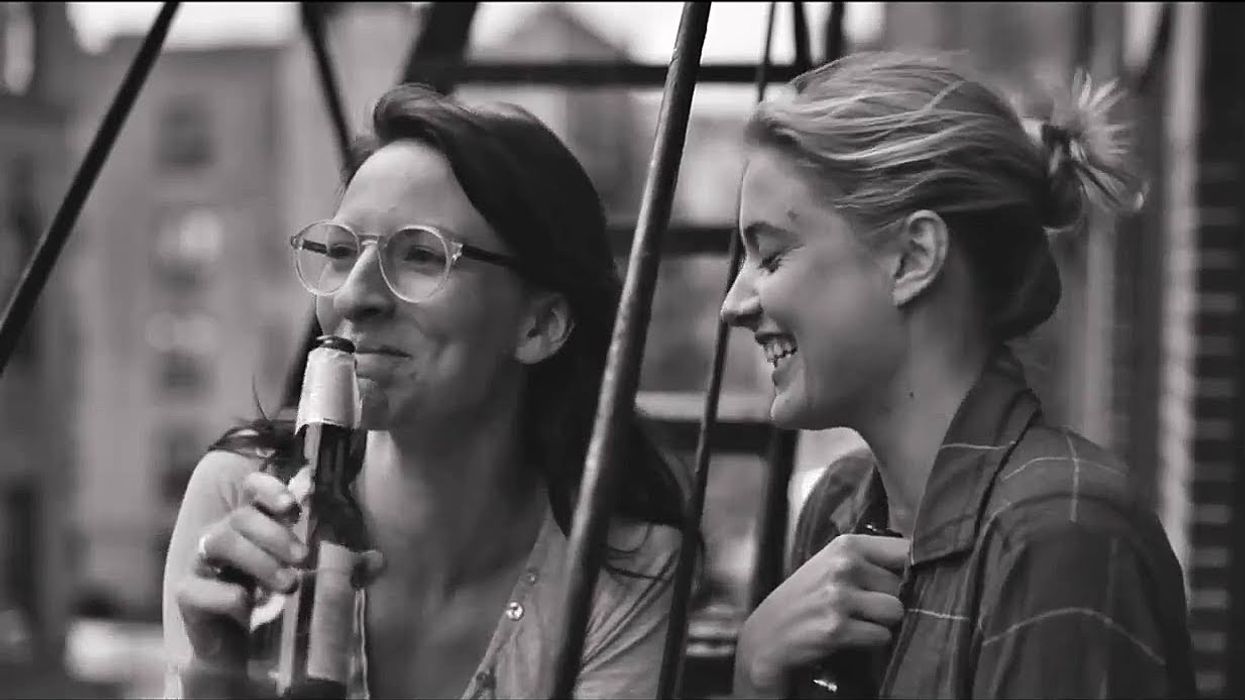Watch: How Noah Baumbach's 'Frances Ha' Tells a Story with Framing
In a film functioning at the height of its powers, the camera work provides an underpinning for the literal story told onscreen.

The story told in a film will, of course, be mainly conveyed by dialogue, by plot events, by characters' facial expressions, even by the music. However, if you go back to a film whose storytelling you really love—or even a film that moves you, for reasons you might not be able to identify—try taking a look at its cinematography.
One of the reasons Noah Baumbach's Frances Ha works so well is that the framing supports and expands the story of Frances and Sophie's relationship. This video essay by Jop Leuven of Vimeo's Framed takes us through the ways the film's shots reflect its two protagonists' drifts away from and toward each other.
In some cases, this framing is obvious. Leuven points out that in the early parts of the film, Frances and Sophie are almost always in the same frame, showing their closeness. You can use the two-shots highlighted here to show a bond between characters; as we see the characters in the same shot repeatedly, they come to an understanding of the relationship that transcends the grasp they might have of the dialogue.
Baumbach's use of framing in the film demonstrates one way you can show distancing in a relationship between two people. Gradually, Baumbach goes from showing Frances and Sophia together to rarely featuring them in the same shot. Even in a poignant restaurant scene, in which Frances grows outraged at her transmutation to "third wheel" status once Sophie has met a boyfriend, we can trace, very easily, the isolation of Frances from Sophie and Frances in the fact that the camera leaps back and forth from two-shots of Sophie and her boyfriend to close-ups of Frances, alone.
And yet the story changes, and with it the camera work. After Sophie gets engaged to her boyfriend, we see her and Frances only in isolation. And yet: the engagement dissolves, and with it, the isolation of the two characters from each other. In the latter part of the film, once again, Frances and Sophie share a significant amount of frame time. Two characters are joined, thrust apart, and reunited, and this progress is recreated through framing.
Can you think of other techniques that might help portray relationships onscreen? Share in the comments.











